MAGIC MUSHROOMS VS. SYNTHETIC PSILOCYBIN UNDERSTANDING THE DIFFERENCES
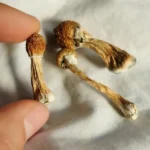
Introduction
Natural sources like magic mushrooms have long dominated the world of psychedelics. However, with advancements in technology and medicine, synthetic versions of the primary compound, psilocybin, have entered the scene. This article differentiates between naturally occurring psilocybin in magic mushrooms and its lab-created counterpart.
The Natural Alchemy: Magic Mushrooms
Holistic Composition: Magic mushrooms are nature’s package of multiple compounds. Apart from psilocybin, they contain psilocin, baeocystin, and other molecules that might contribute to the overall psychedelic experience. This synergy is often called the “entourage effect,” where the whole mushroom’s effects exceed the sum of its parts.
Variety and Strains: Nature offers various magic mushroom species, each with unique potency, duration, and effects. For example, Psilocybe cubensis and Psilocybe azurescens have different psilocybin concentrations and elicit varying experiences.
The Laboratory Marvel: Synthetic Psilocybin
Precision and Purity: Synthetic psilocybin is formulated in controlled environments, ensuring a precise dosage and high purity. This precision is vital for clinical settings where standardized dosages are necessary for consistent therapeutic outcomes.
Absence of Additional Compounds: Unlike magic mushrooms, synthetic psilocybin doesn’t come with other naturally occurring compounds. While this ensures a streamlined effect due to psilocybin alone, it might lack the entourage effect experienced with whole mushrooms.
Safety and Potency Profiles
Predictability with Synthetics: One significant advantage of synthetic psilocybin is its predictability. Users can be reasonably sure about the duration and intensity of their experience.
Nature’s Unpredictability: With magic mushrooms, potency can vary even within a single species depending on growing conditions, making dosing more of an art than a science.
Economic and Ecological Impacts
Sustainability Concerns: Overharvesting of wild magic mushrooms could lead to ecological imbalances. Synthetic psilocybin offers a sustainable alternative without depleting natural resources.
Market Dynamics: As research intensifies and psilocybin therapy gains traction, the demand for psilocybin, both natural and synthetic, is poised to grow. Understanding both sources’ production costs and scalability will be crucial in shaping the market.
Conclusion
Both magic mushrooms and synthetic psilocybin have their unique advantages and drawbacks. While nature offers a holistic experience, science provides precision. Understanding these differences will be pivotal in making informed decisions as the world moves towards embracing psychedelics for therapy and recreation.
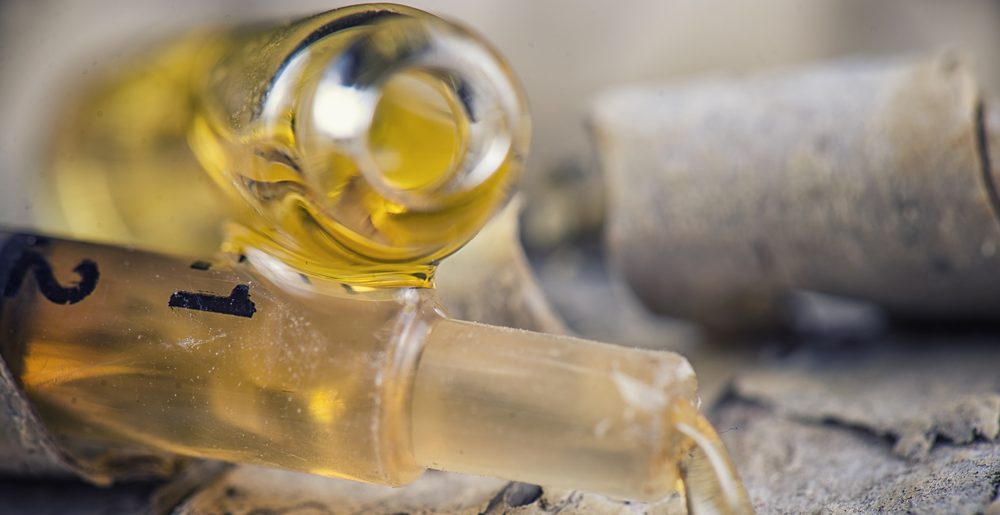
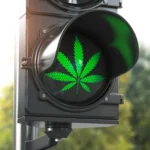
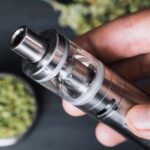


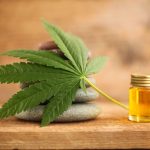
 D5 Creation
D5 Creation